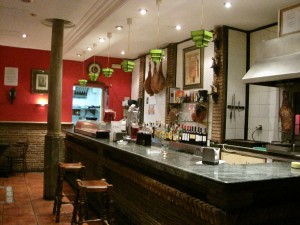Hello and welcome to my second post! I thought I’d do something a little different this time by breaking it up a little and including two sections. If you have any suggestions or post requests, send them my way as I’m always looking for interesting ideas!
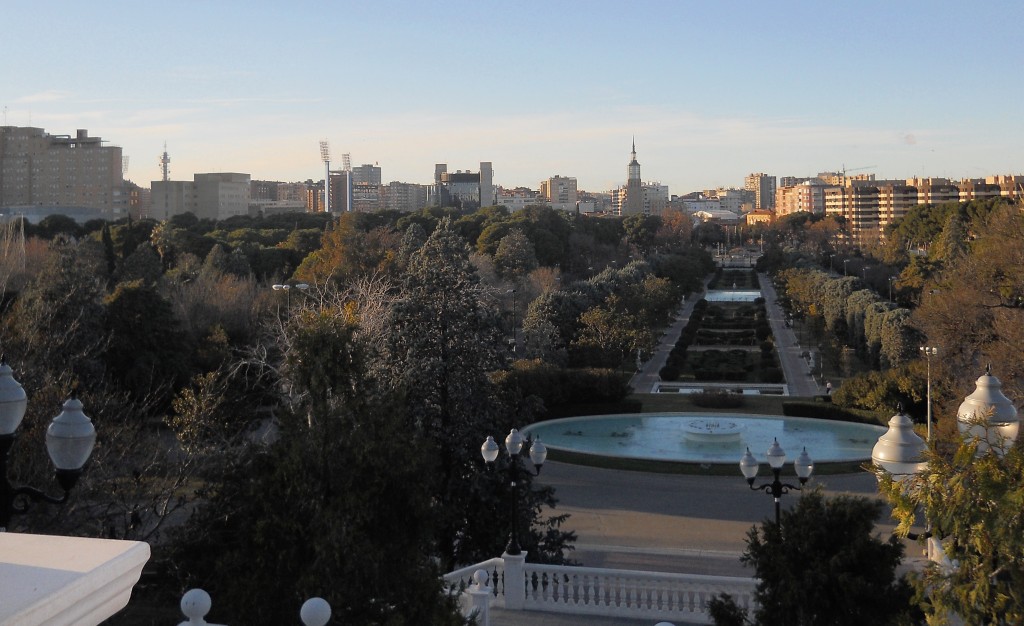
A view of Zaragoza and the park from Alfonso I statue
Cultural Differences Aside…
Having been here nearly 3 weeks now, I’ve noticed quite a few things that we might label “peculiar” or at least “interesting” in the US. Note that these are just my observations and are not in any way representative of everyone. There are many I could list but for length purposes, here are 3 I thought were a little amusing:
1. Dogs. The Spanish love their dogs and the fact that most people live in apartment buildings has not been a deterrent for owning them. I live near 2 parks and it’s not uncommon to see people of all ages, at every possible time of the day, walking every breed of dog. The downside to this is that many are not on leashes especially at the university where the leashed dogs are the minority. I’m still not certain if there are leash laws here but it would probably help with the, uh, sidewalk maintenance if not.
2. Late nights/Meal times. People here walk much more than in the US and a “short” walk is considered to be around 20 to 30 minutes. A “longer” walk is usually considered to be around 30-50 minutes. I know people that refuse to take public transportation even if it’s an hour walk in one direction. I say this because it’s not uncommon to see people just walking the streets as late as 10 or 11 p.m. depending on the day. It’s definitely a night culture as evidenced by the meal times. Breakfast is at a normal time but lunch is typically not eaten until the siesta which is between 2-4 or 5. Everything closes during this time with the exception of a few places and people go home to eat and then rest for a while before heading back to work. Dinner is normally eaten between 9 and 11 p.m.
3. ¿Qué hora es? (What time is it?). If you’re in Spain, it rarely matters. This is because, from what I’ve observed, most times are non-specific and include an unstated but understood “around” thrown in. For example, my morning class is supposed to begin at 9 but in reality, the earliest it ever starts is 9:15. This is not to say all given times are like this but if a student or teacher comes to class 15 minutes late, it’s not a problem at all and nothing is said. It’s a rare occasion if at least one person doesn’t arrive late to class 15 minutes or more. For me, this has been a little difficult to get accustomed to because I normally arrive 15 minutes early and then wait 30 minutes for class to actually begin.
Another Week and More Exploring
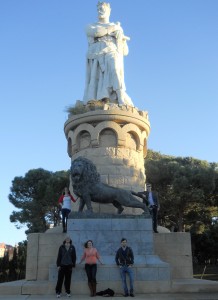
Alfonso I "El Batallador" King of Aragón between 1104 and 1134
Nothing has really changed since my last post other than a short trip to the biggest park in Zaragoza and bowling with a few of my friends. Even though it’s winter, the park we visited was beautiful and I saw more green than I have since I left Indiana. The whole area is actually very dry so it was somewhat of a shock to see a swathe of green grass in Zaragoza. The park was nice but full of political graffiti just like almost every other public area. My favorite was a protest against government surveillance that said something like “They’re watching you.” At the top of the hill that overlooks the park (where the large photo was taken from), there is a statue of Alfonso I “El Batallador.” He was the King of Aragón between 1104 and 1134.
A few nights ago, a few friends and I went to the second biggest mall in Zaragoza, Gran Casa (Big House), to shop and then bowl. It was a great night and we ate at our first McDonald’s in Europe. Since I’m vegetarian, I can’t say how good the sandwiches were but the fries tasted, unsurprisingly, the same as in the US.
I’m leaving for Paris Friday night and arriving early on Saturday so check back sometime next week for a Paris-themed blog! Until then, thanks for reading and you can follow me on Twitter for more updates here: twitter.com/#!/SpainJordan
and view my Picasa web albums here: picasaweb.google.com/102363422858711117798
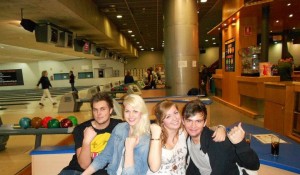
Bowling - My team. Jørgen, Christina, Lin, me.
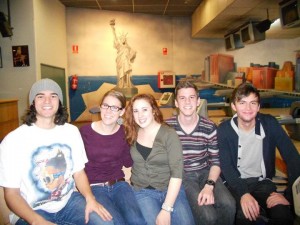
All 5 of us! Elliott, EB, Katie, Josh, me.
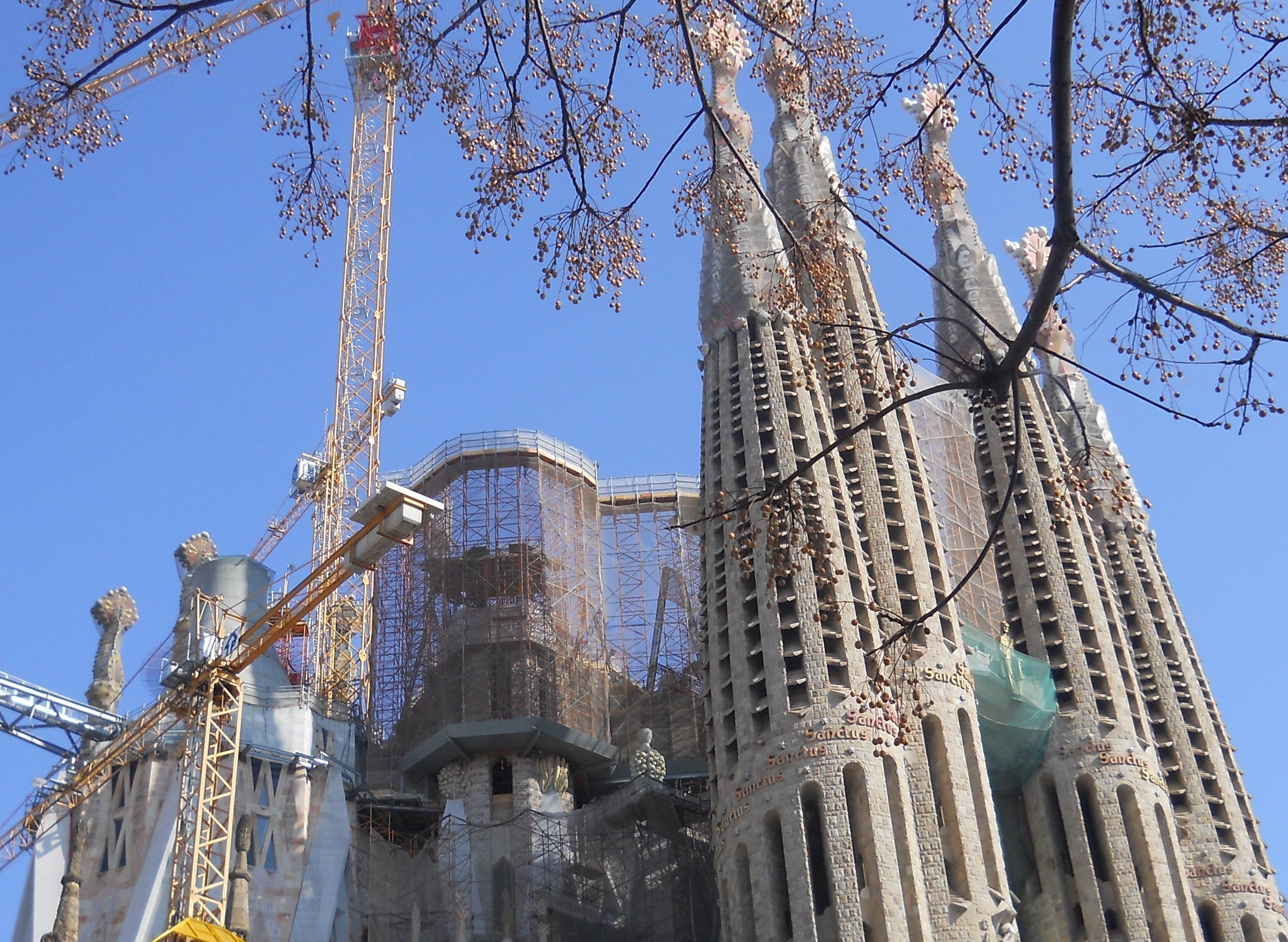
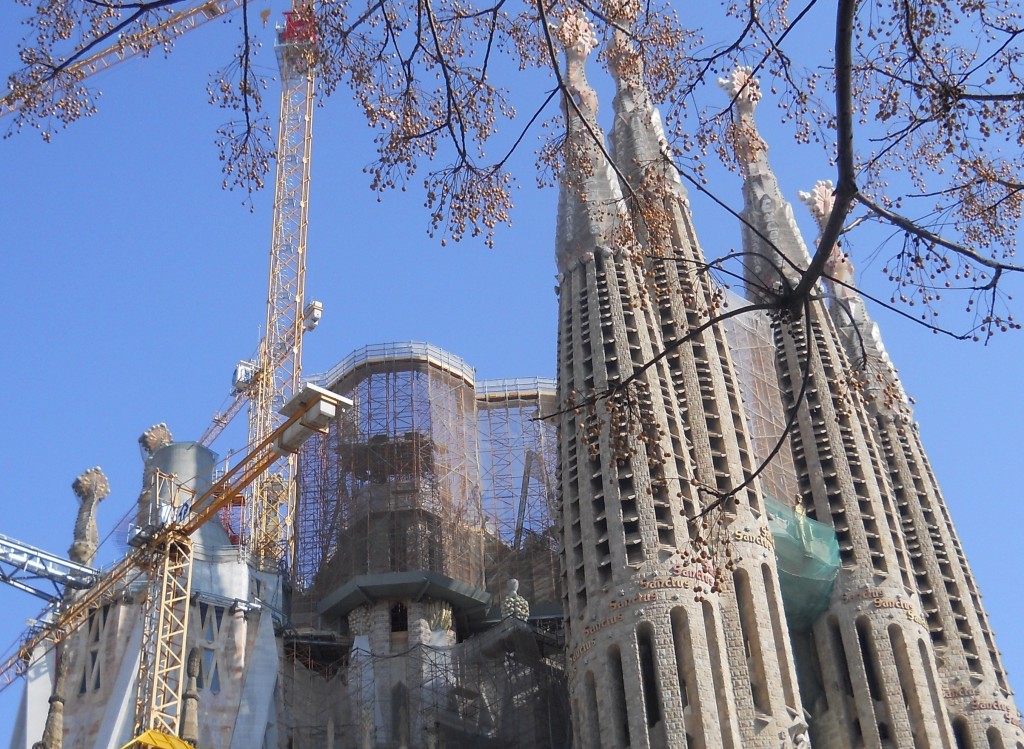
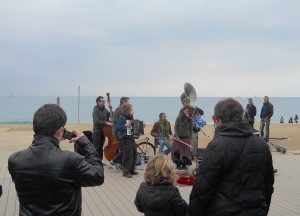
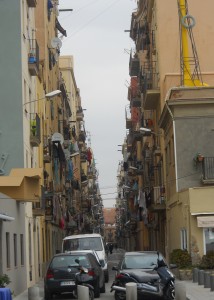
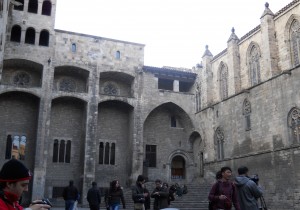
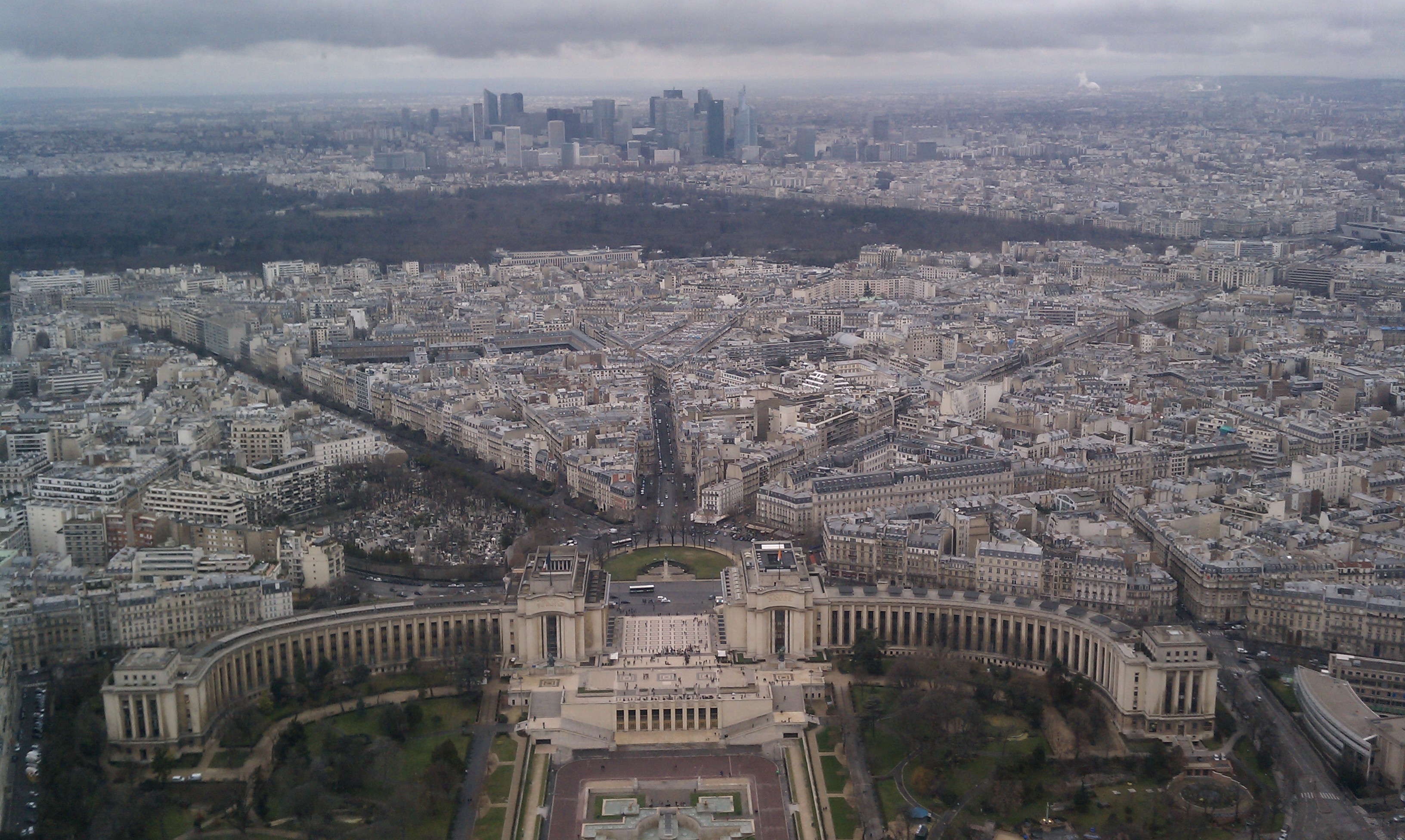
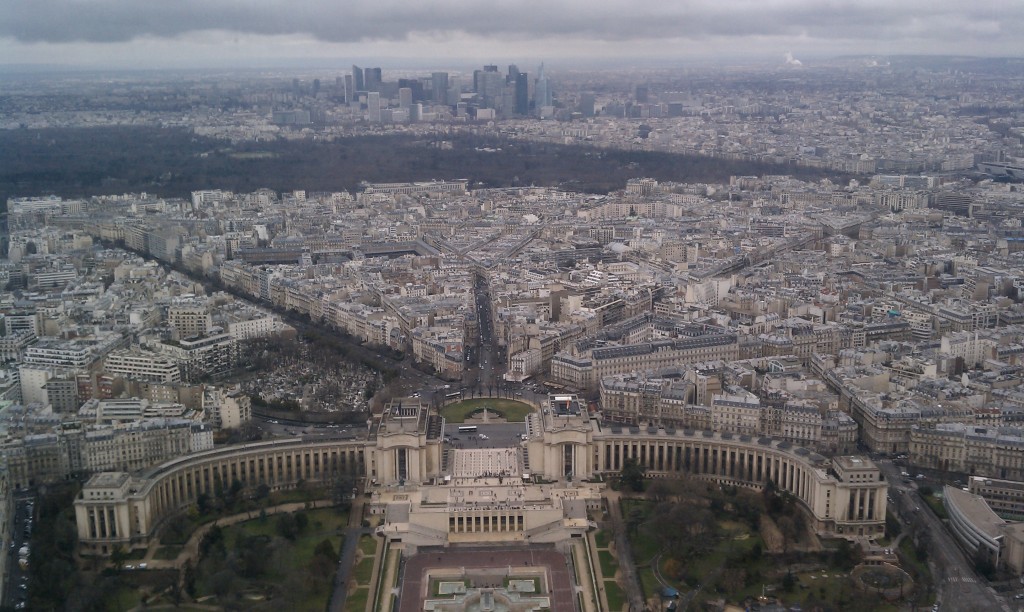
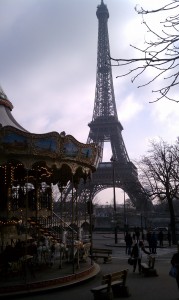
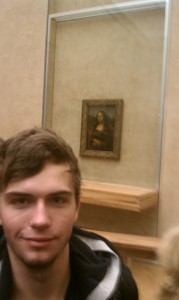
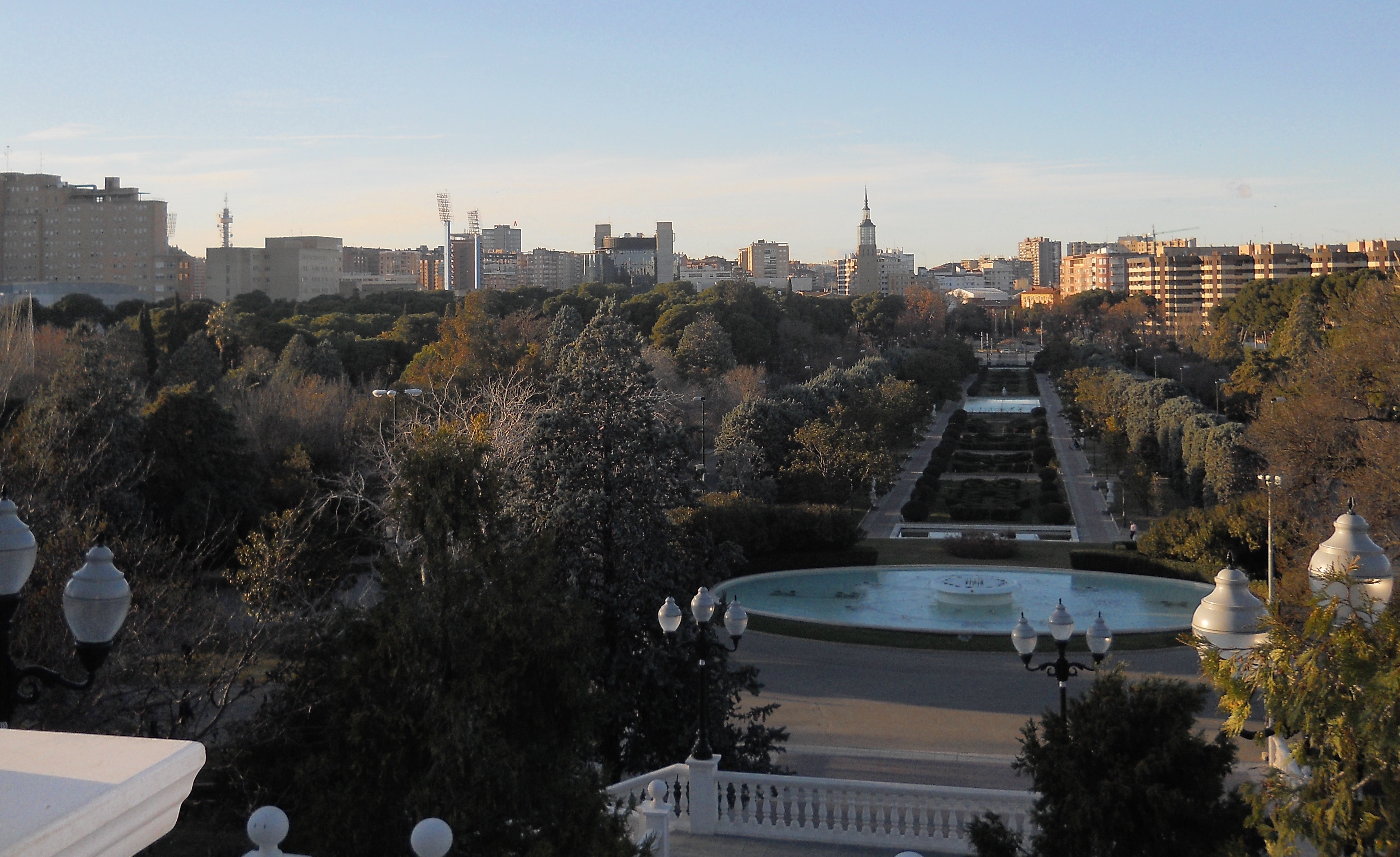





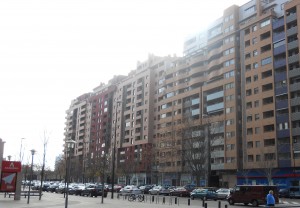

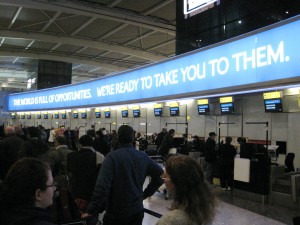
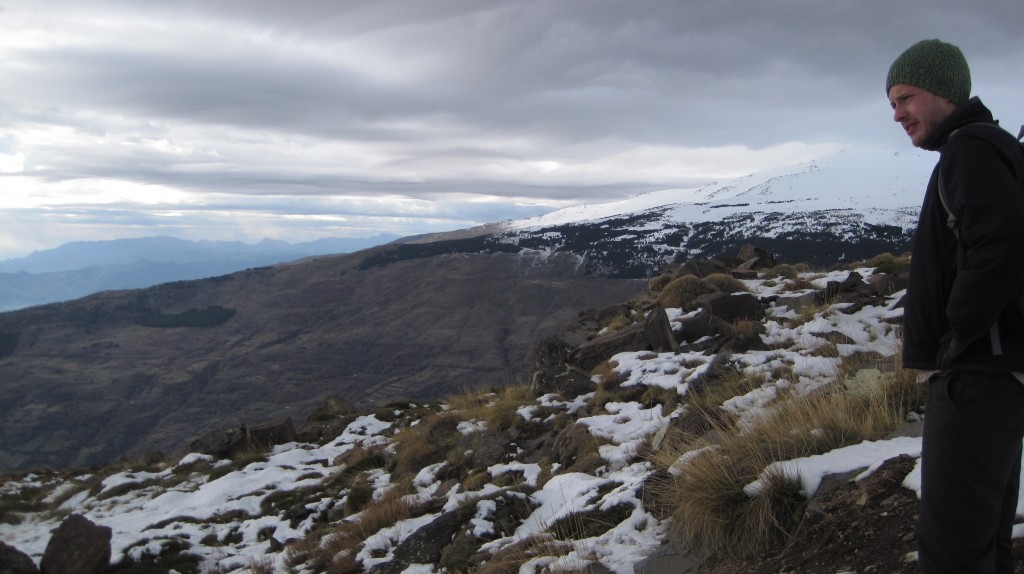
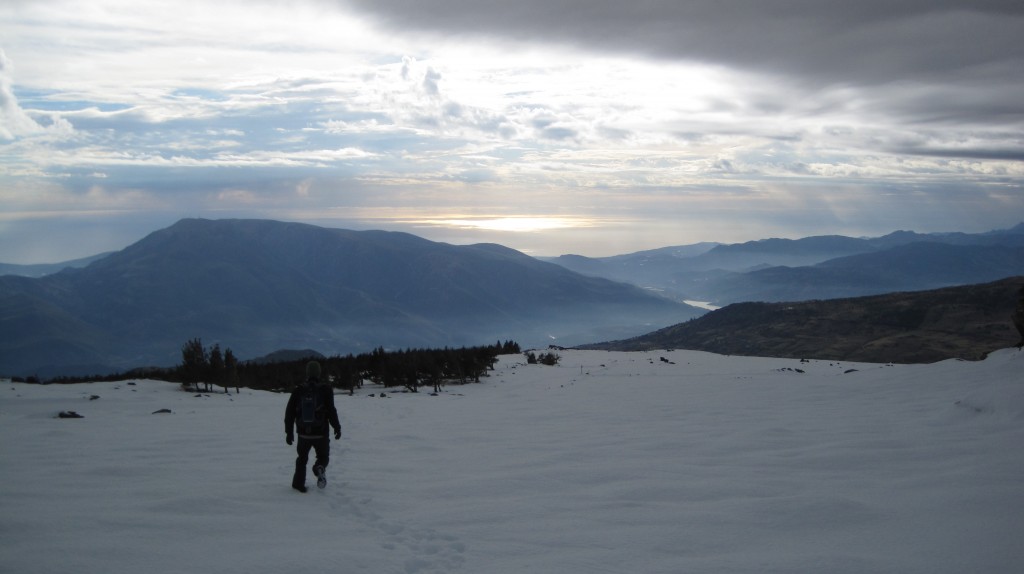
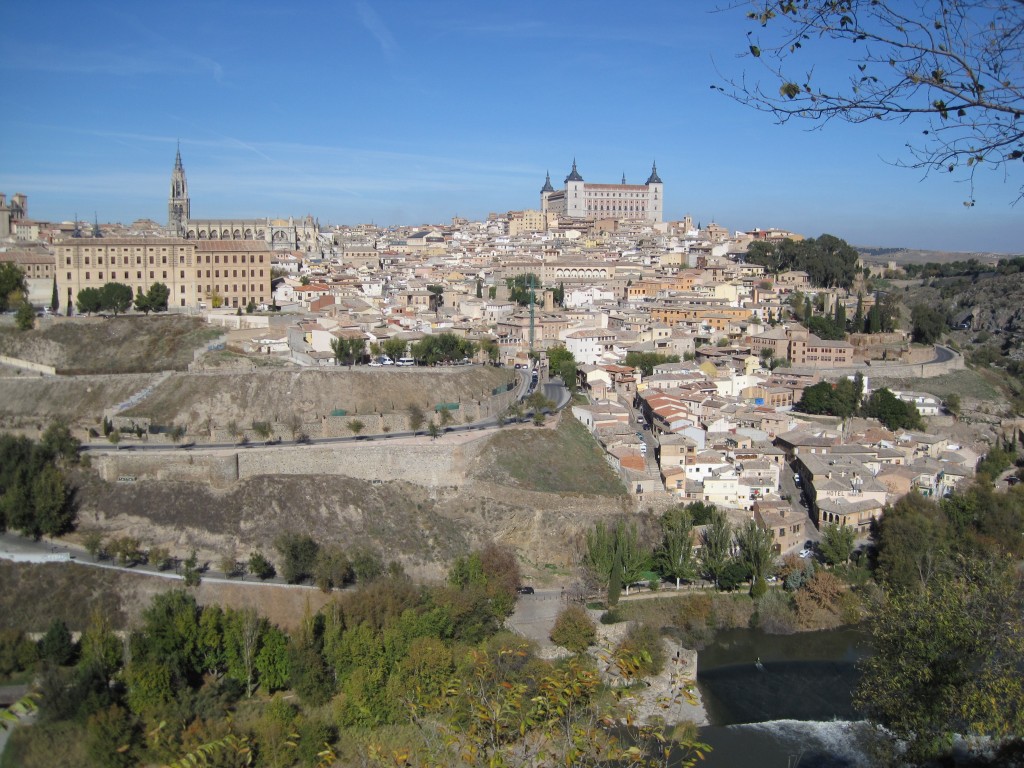
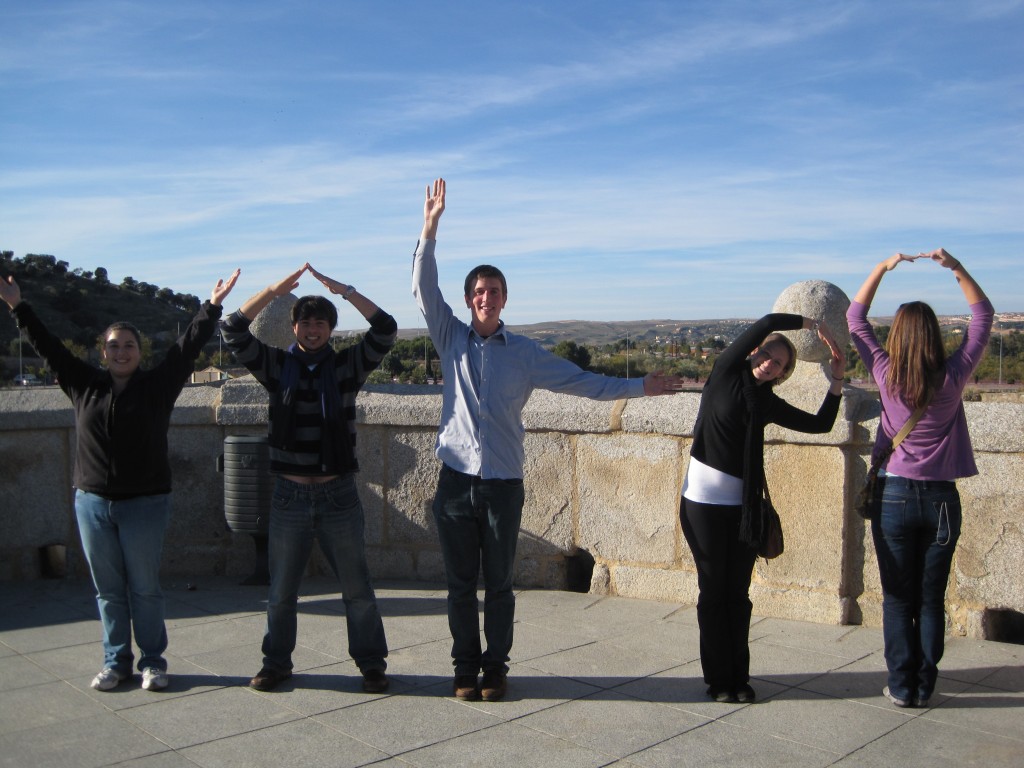
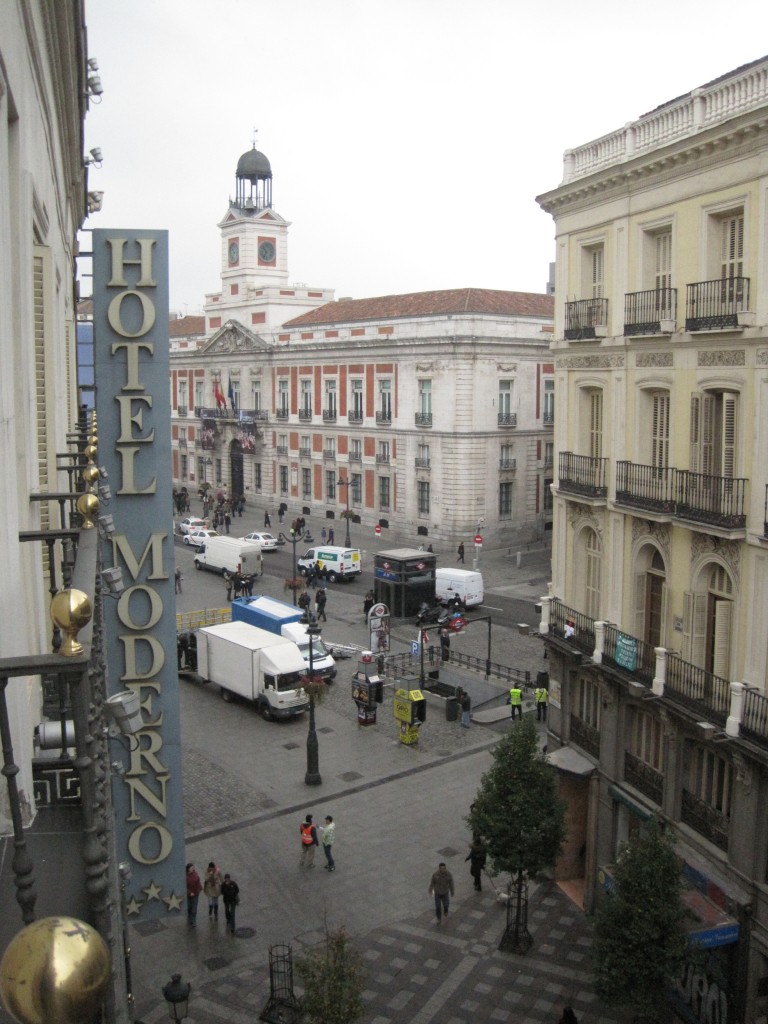
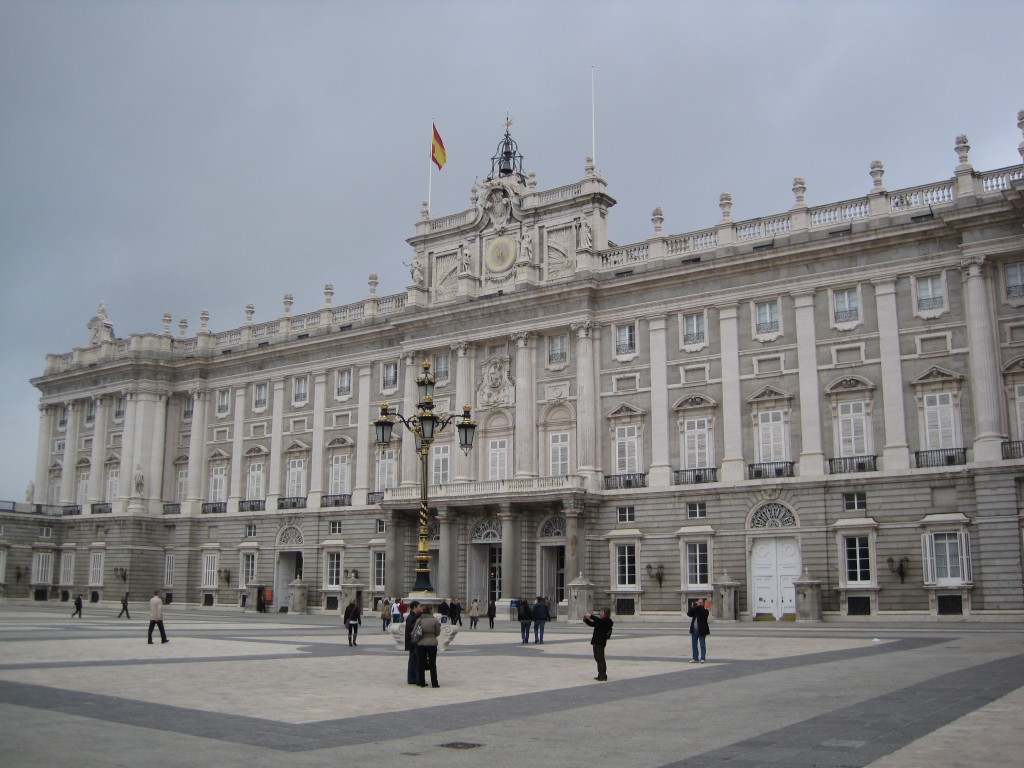
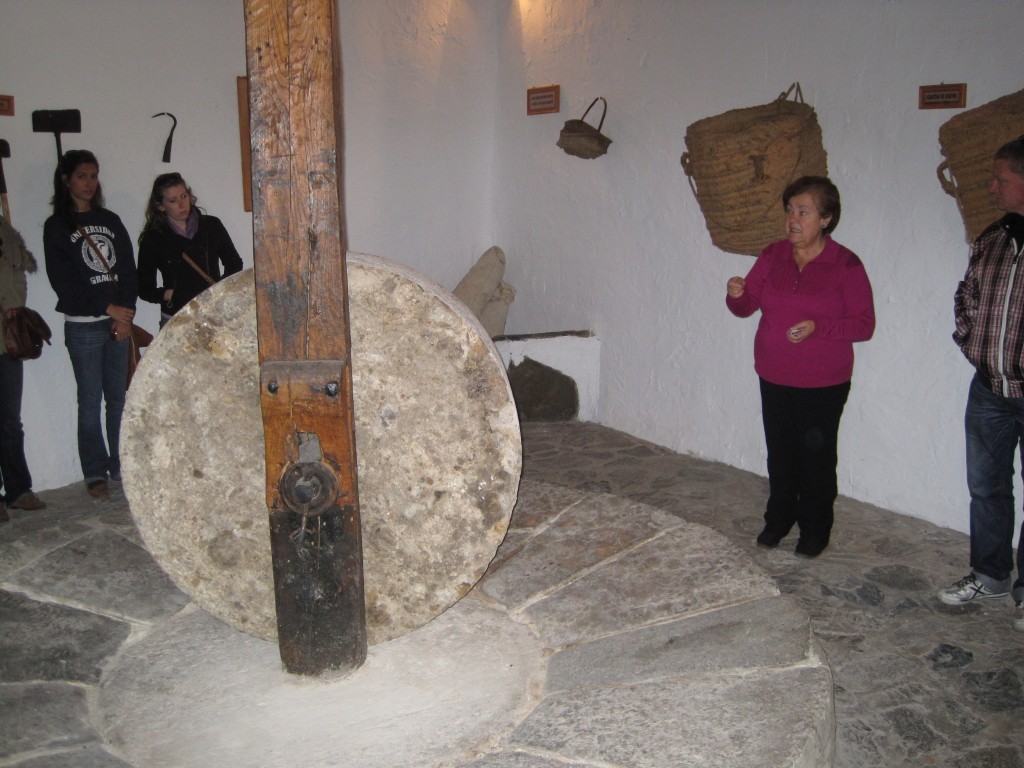
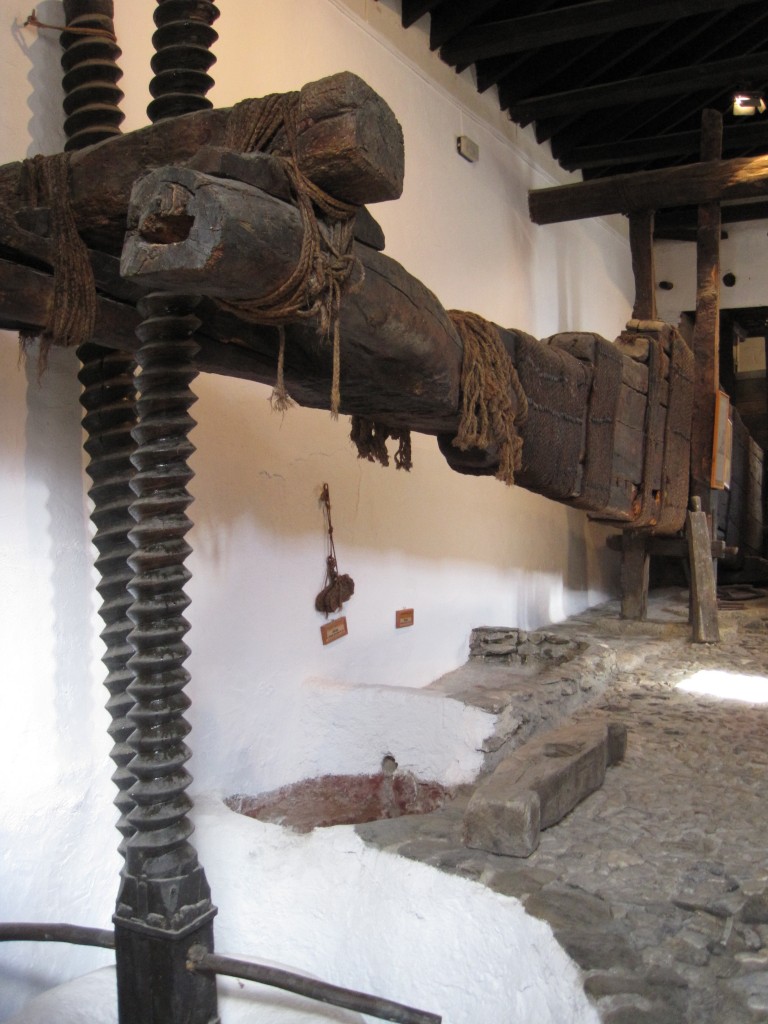
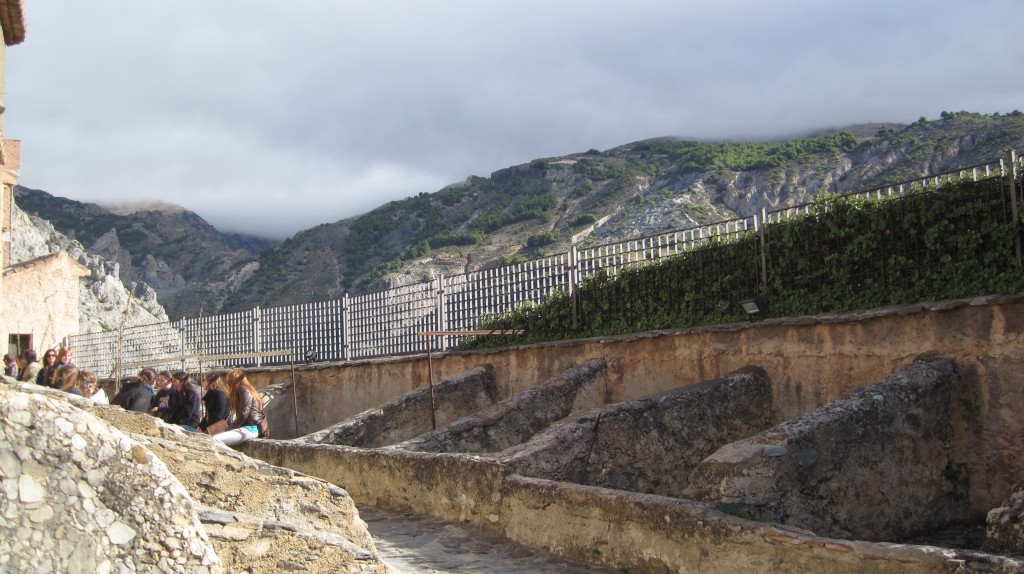
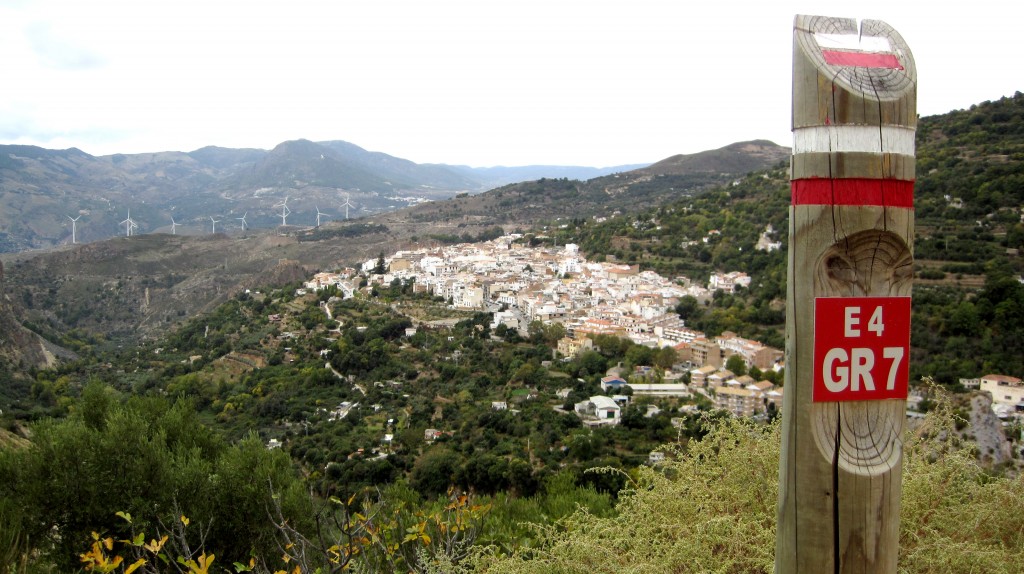
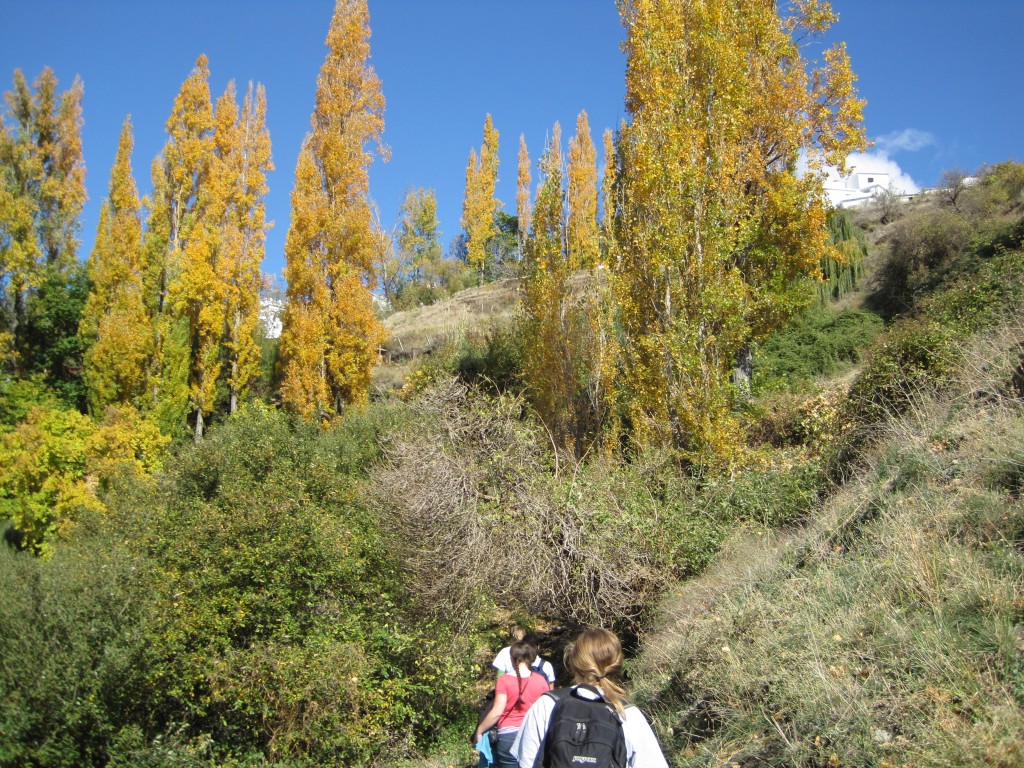
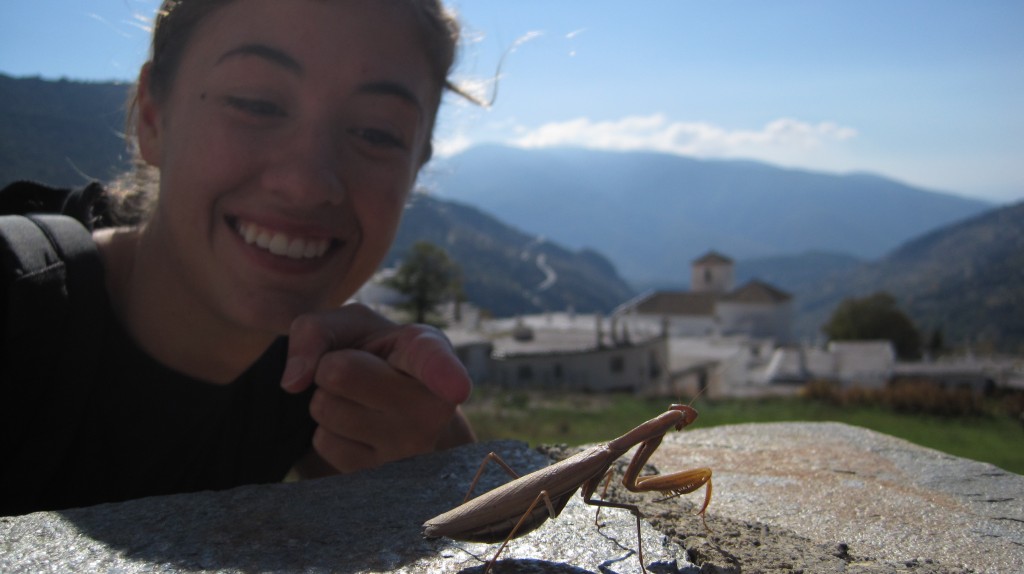
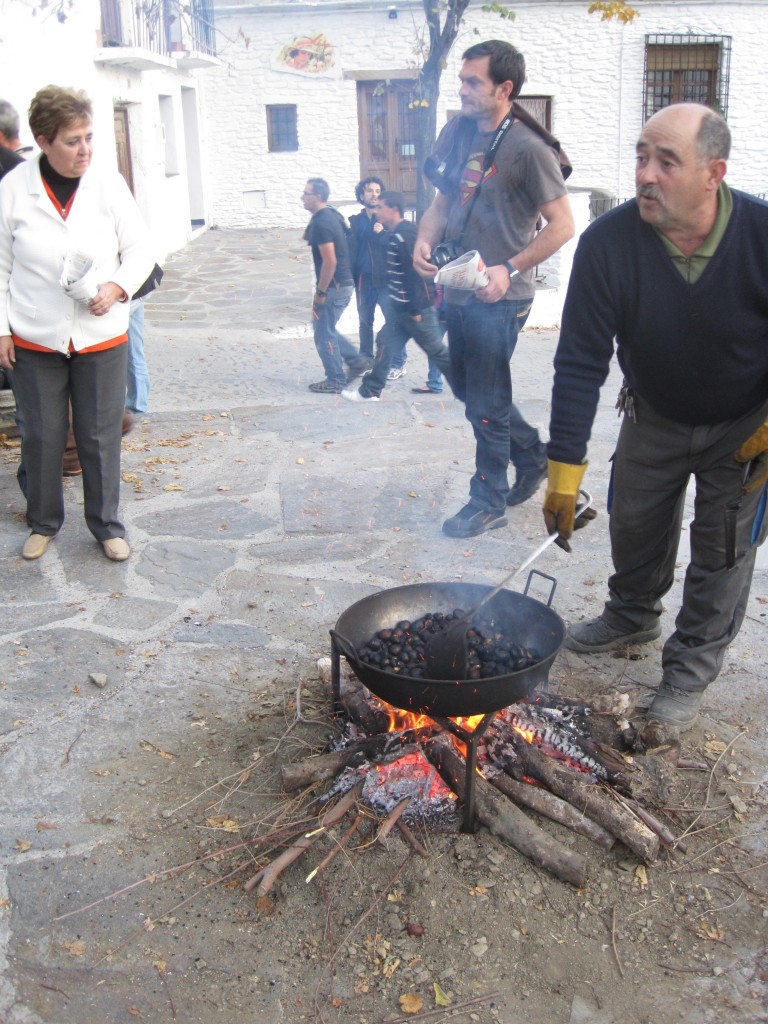
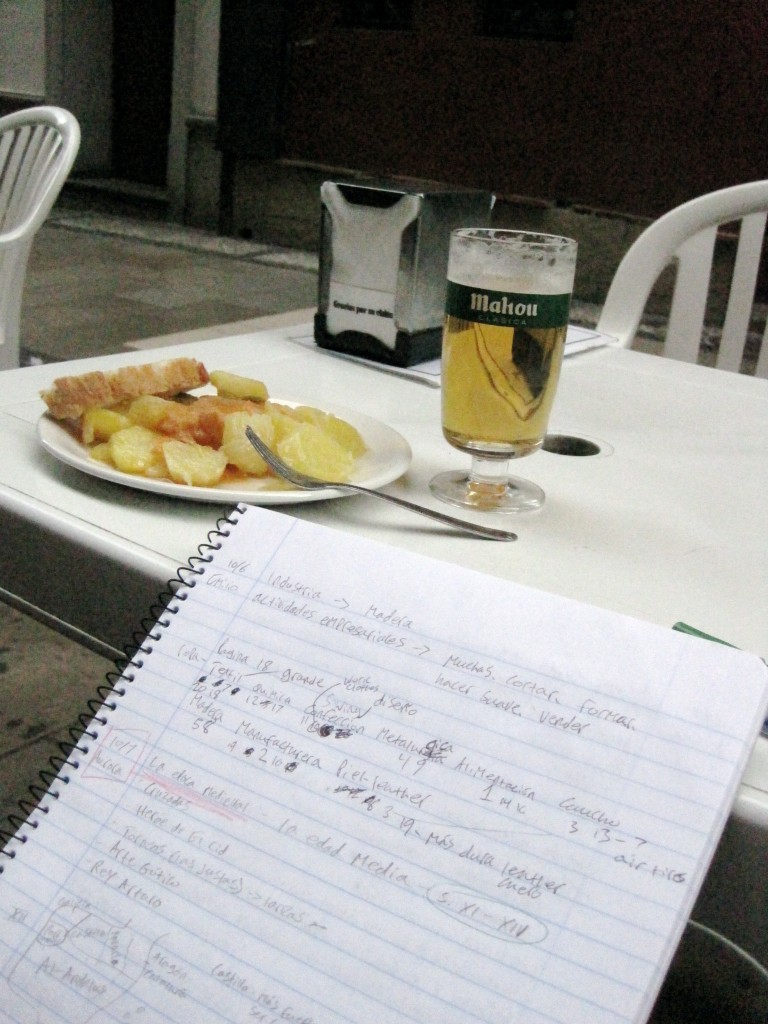 and then, depending on the bar, you get anything from a small serving of Jamón Serrano to whole plate full of Mariscos (seafood, usually clams and the like). Not being a red meat eater and being a little skiddish of clams (although fish are amazing here) I have been a big fan of Patatas a Lo Pobre, which I heartily enjoyed at Bar La Abadía. Athough the bartender was in need of a shower, he was nice enough and left me in peace as I sat outside and reviewed for midterms. What’s great (although sometimes problematic) about Spain is that no one cares how long you stay at their bar or cafe. They won’t even pester you by asking if you want another drink. The problem side is payment, sometimes you have to pretend like you’re leaving in order to get a check. Of course, that can also be quite funny. I really enjoy the relaxed manner of tapas though, sitting uninterrupted for one hour to study over good food and a beer for only 1.70 euro was just what I needed.
and then, depending on the bar, you get anything from a small serving of Jamón Serrano to whole plate full of Mariscos (seafood, usually clams and the like). Not being a red meat eater and being a little skiddish of clams (although fish are amazing here) I have been a big fan of Patatas a Lo Pobre, which I heartily enjoyed at Bar La Abadía. Athough the bartender was in need of a shower, he was nice enough and left me in peace as I sat outside and reviewed for midterms. What’s great (although sometimes problematic) about Spain is that no one cares how long you stay at their bar or cafe. They won’t even pester you by asking if you want another drink. The problem side is payment, sometimes you have to pretend like you’re leaving in order to get a check. Of course, that can also be quite funny. I really enjoy the relaxed manner of tapas though, sitting uninterrupted for one hour to study over good food and a beer for only 1.70 euro was just what I needed.